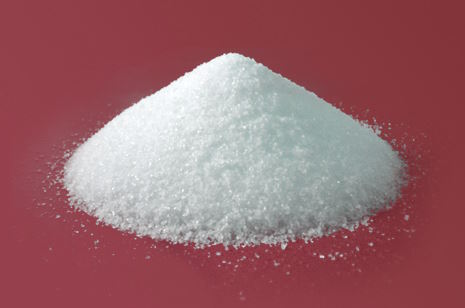Brucella are gram-negative, non-motile, CO2- loving, catalase-positive, spore-free bacteria, and some species are oxidase-positive.
Brucella infects a person by scratching the skin, swallowing and inhaling particles. These bacteria live as obligate intracellular parasites.
This bacterium is the cause of malt fever or brucellosis, which is one of the most important common infectious diseases between humans and animals and is transmitted through the consumption of contaminated dairy products.
Brucella is sensitive to heat and is killed at a temperature of 71 degrees Celsius for at least 15 seconds. For this reason, in order to destroy the bacteria, before consuming milk, it can be boiled to near boiling temperature (around 85 degrees) for a few minutes.
Among the important species of Brucella, we can mention Brucella meli tenensis, Brucella abortus and Brucella swiss.
Mechanism of pathogenesis:
This bacterium is transmitted by eating contaminated animal products such as milk, cheese, ice cream, etc., and enters the bloodstream through lymphatic vessels, and then spreads throughout the reticuloendothelial system (spleen, lymph nodes, liver, bone marrow). …), the acute phase of the disease started as a bacteremia, which is a blood infection resulting from the entry of bacteria into the bloodstream, and then chronically, it can involve body tissues for years to come
The incubation period of this disease is between 1 and 6 weeks, and the symptoms of the disease are lethargy, fever, weakness, bruised feeling, and sweating. Other symptoms of this disease are enlarged lymph nodes, palpable spleen, nervous and digestive symptoms, and bone infection.
